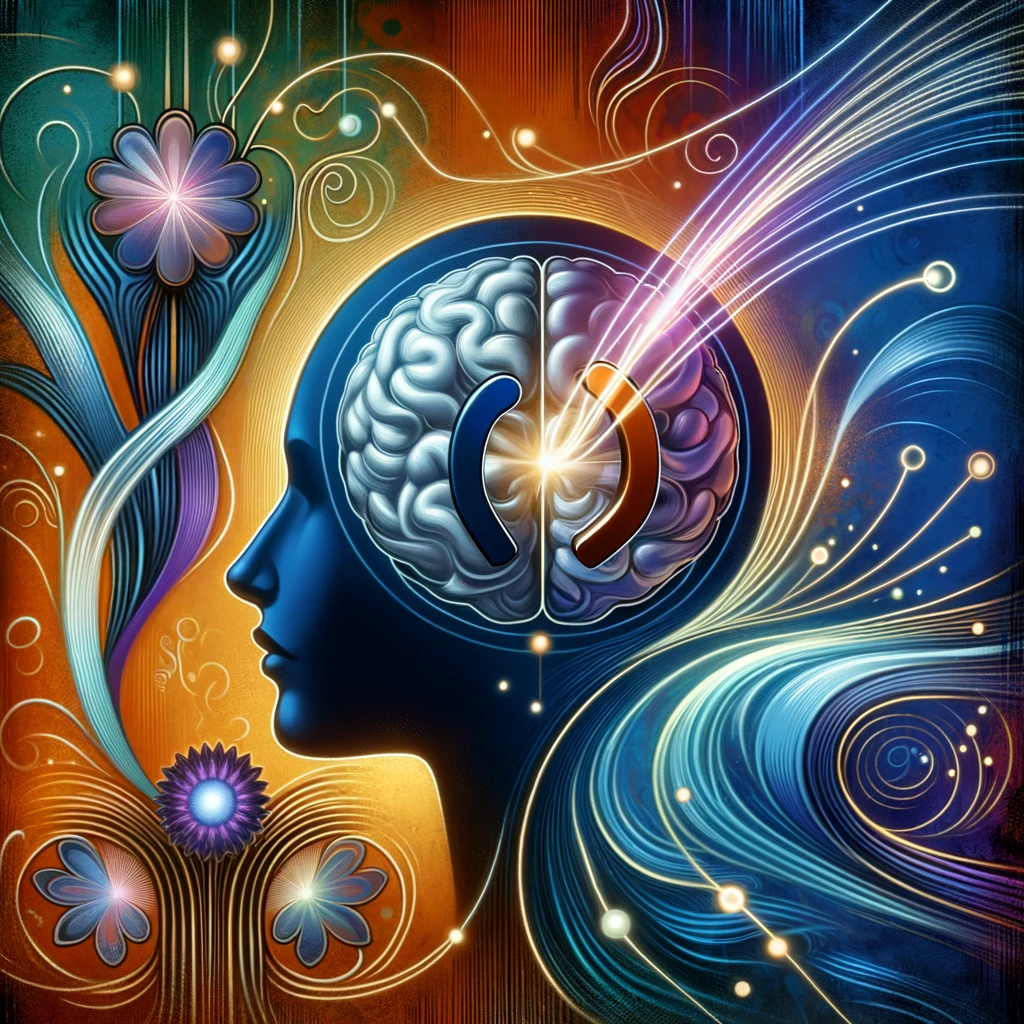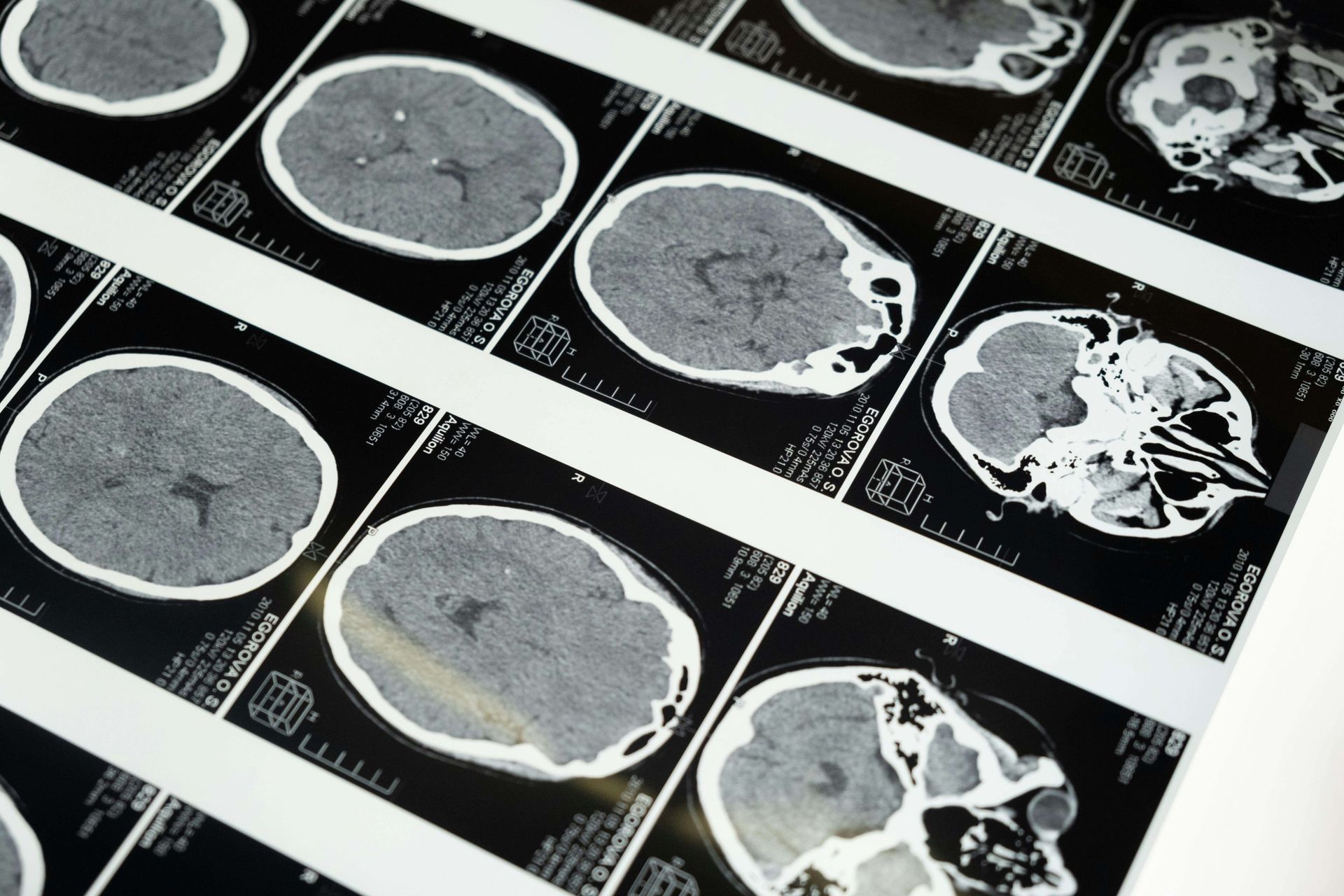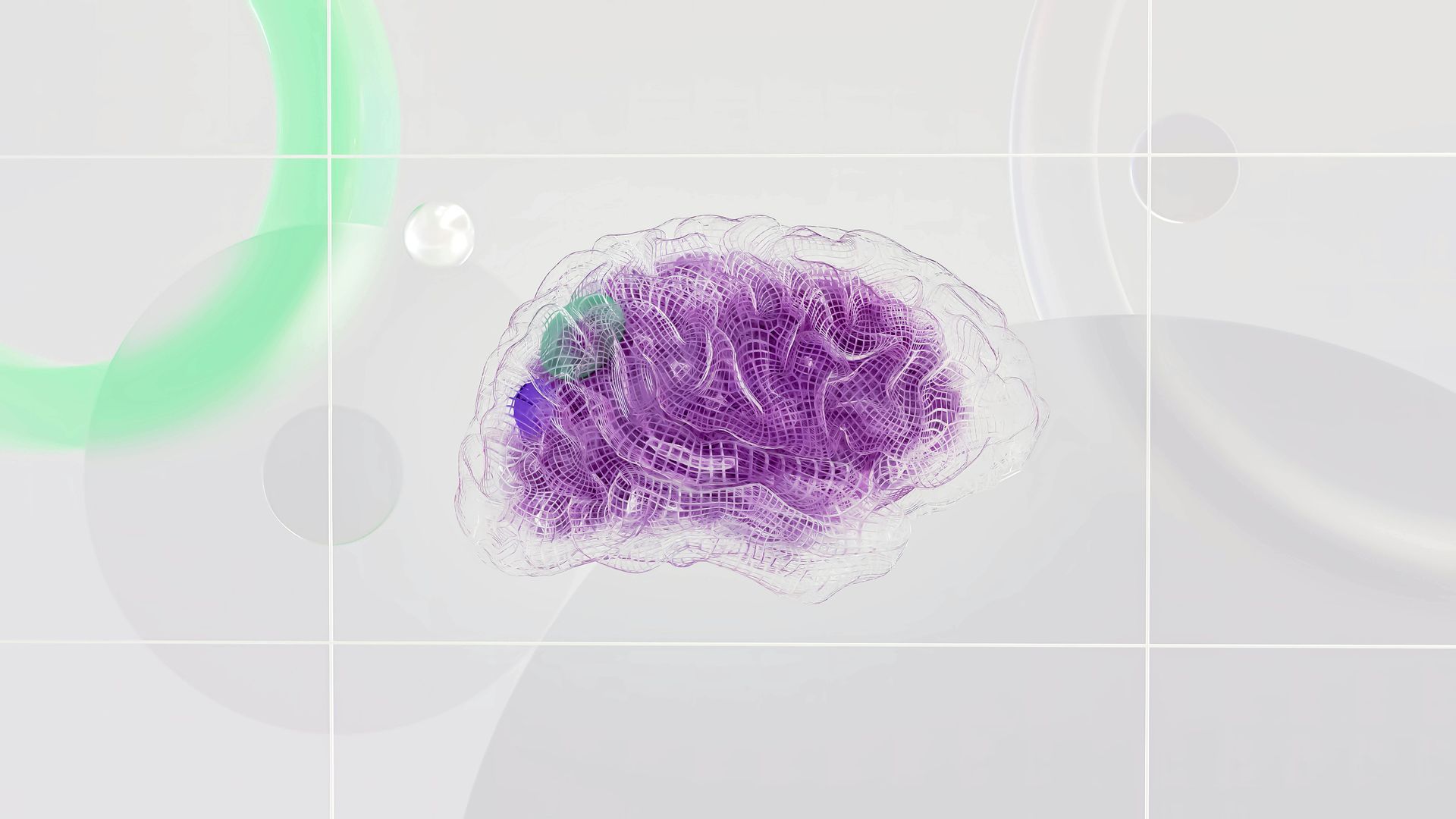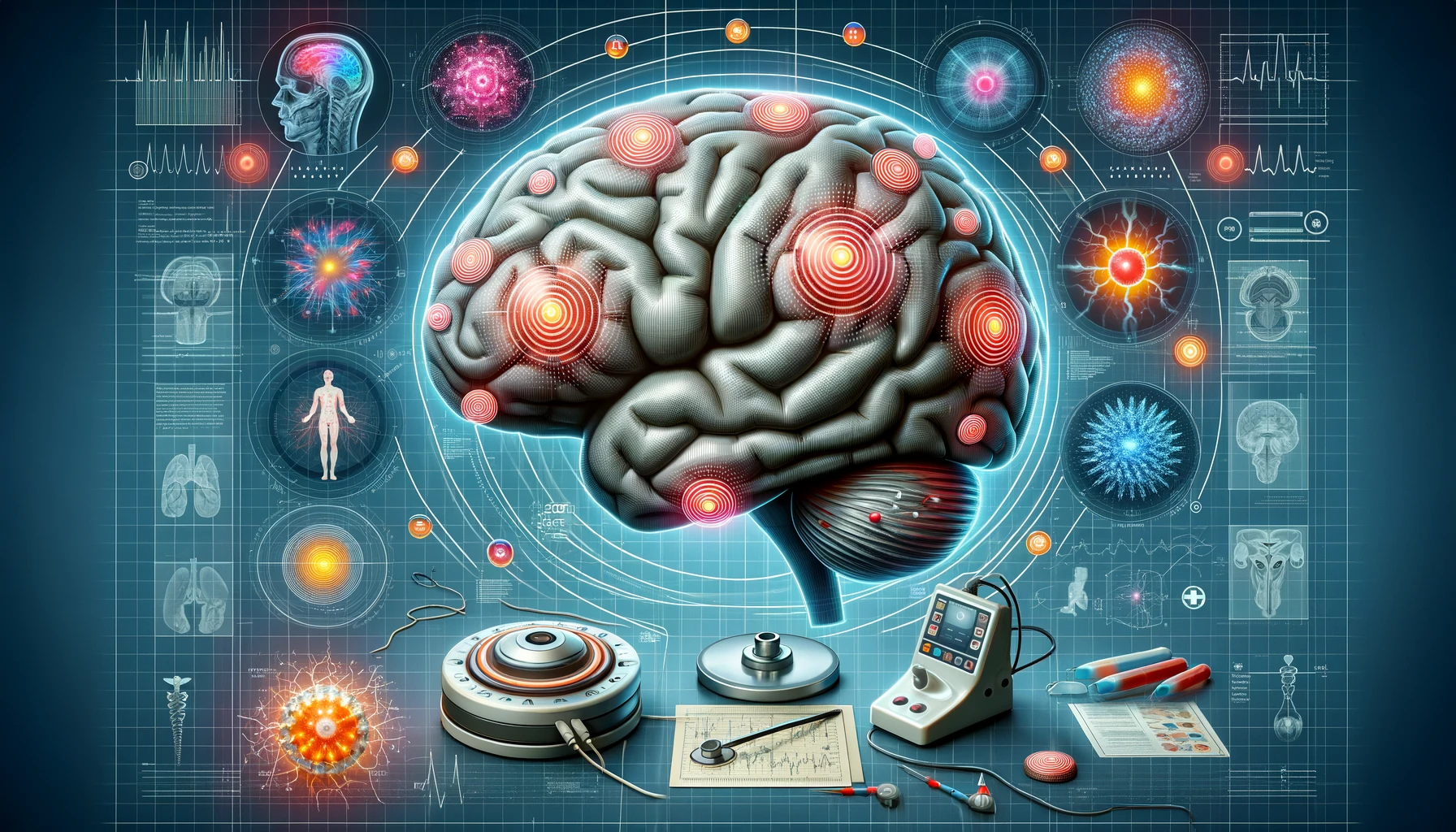Exploring the Potential of Repetitive Transcranial Magnetic Stimulation (rTMS) in Treating Alzheimer’s Disease
The Rising Interest in rTMS for Alzheimer's Treatment: An Overview
While TMS has become well established, and its clinical use ratified in various jurisdictions, particularly for the treatment of depression, there is also increasing interest in its use in the treatment of Alzheimer’s disease. This is not surprising as Alzheimer’s probably accounts for three quarters of all dementia cases and, with an ageing world population, the cost of treating it is said to be likely to rise across the world from the current many billions to two trillion dollars by 2030. Alzheimer’s disease is a neurodegenerative brain disease characterised by progressive changes in behavioural and cognitive functions, and many of those suffering from the condition also experience neuropsychiatric symptoms. The incidence of the condition is positively correlated with age, doubling every five years from the age of 65. WHO data estimates that Alzheimer’s disease affects approximately 50 million patients worldwide. Some medications do exist, particularly so-called acetylcholinesterase inhibitors, but these are not curative, and indeed may often show limited efficacy, and themselves can come with not inconsiderable side-effect burden. As rTMS is regarded as a safe treatment, with few side-effects, is not surprising that its use is being considered for the treatment of dementia.
Key Research Findings: A Deep Dive into Recent Studies
Three research papers are perhaps worth considering. The first of these being “Efficacy of non-invasive brain stimulation on global cognition and neuropsychiatric symptoms in Alzheimer’s disease and mild cognitive impairment: a meta-analysis and systemic review” by Teselink et al from Toronto and published in Ageing Research Reviews in 2021. They undertook a literature search for non-invasive brain stimulation (NIBS) and found around 1900 possible papers and ended up with 19 papers which they could use. They required research that used sham (that is placebo) treatment as well as active treatment. They looked at two types of NIBS, that is both rTMS and tDCS (transcranial direct current stimulation). They found that both types of treatment improved global cognition and neuropsychiatric symptoms (NPS), and this particularly so with the rTMS. They speculate that the improved global cognition in Alzheimer’s disease may have been a consequence of the improvement in the NPS, that is presumably a lifting of mood. The authors, comment on the greater efficacy of rTMS...
Comparative Analysis: rTMS Versus Drug Therapy in Alzheimer's Disease
Then, there is the first of two papers from China, with Wei et al. from departments of neurosurgery and geriatrics, published in CNS Neuroscience Therapy in 2023, “Repetitive transcranial magnetic stimulation may be superior to drug therapy in the treatment of Alzheimer’s disease: a systematic review and Bayesian network meta-analysis”. From over 21,000 papers, they managed to include 57 randomised clinical trials involving over 15,000 patients. rTMS was compared to drug treatments which were the now standard acetylcholinesterase inhibitors together with NMDA, anti-amyloid-beta and what were described as being some “new targeted therapeutic drugs”. The rTMS yielded better cognitive function improvement and significantly fewer adverse offence when compared to the medication treatment. They concede that while the rTMS appears effective, larger sample sizes are needed together with long-term follow-up studies to determine the best technology, and to check on the long-term effectiveness of our rTMS in Alzheimer’s disease. This is a drawback of much research, particularly with medication, where patients are followed up often for limited periods of time and almost certainly less than a year. The authors used a statistical tool called SUCRA probability, and this found that rTMS was the best intervention for increasing MMSE scores. MMSE is a widely used cognitive function test (mini mental state examination). It scores out of 30 and has questions relating to orientation, registration, attention and calculation, recall, language and copying). It is regarded as not being a terribly sophisticated measure, although it is easy to apply, use and score.
Evaluating High-Frequency rTMS in Alzheimer's: A Comprehensive Review
The third paper, also published in 2023, this time in Neurological Sciences by Xiu et al. from Fujian University “High-frequency repetitive transcranial magnetic stimulation (HF-rTMS) on global cognitive function of elderly in mild to moderate Alzheimer’s disease: a systematic review and meta-analysis”. These researchers found over 3000 relevant papers, which then reduced to 17 usable papers, these involving 1161 patients with mild to moderate Alzheimer’s disease. As with the other papers, they required a placebo, or sham, control to try and eradicate a placebo effect, which can understandably be very potent with rTMS. The study participants were measured with the use of a variety of cognitive function tools (including MMSE, but also more comprehensive ones) and showed significant improvements. The typical side effects, seen in rTMS clinics treating those with depression were noted e.g. headache and tinnitus. One study, however, reported a number of patients with significant adverse events, though it is difficult to see how some of these could be causally related as, for example, one case was reported as having an inflamed gallbladder! The authors offer a suggestion as to why rTMS may help in Alzheimer’s disease. They note that one of the brain changes in Alzheimer’s disease, is an accumulation of abnormal amyloid protein. They refer to another paper which demonstrated that rTMS can reverse abnormal levels of this protein in rats with memory impairment. They also speculate that rTMS can induce changes in excitability of neural circuits and effects can propagate between brain areas. They also refer to functional imaging studies that show that brain glucose metabolism is impaired in Alzheimer’s disease and the increase in excitability of cerebral cortex, stimulated by rTMS, may increase local metabolic activity in the brain.
Concluding Thoughts: The Future of rTMS in Alzheimer’s Disease Treatment
In conclusion, the three research papers do appear to demonstrate that rTMS may help individuals with the cognitive impairment of Alzheimer’s disease. One caveat is that while patients may show an improvement of a few points on a rating scale, this may not necessarily translate into much by way of a day-to-day improvement in a functional state. Also, as noted, there are no long-term studies to see whether any improvements in cognitive functioning are sustained. Equally, it is not wholly clear what type of treatment protocol works best, and whether patients will be required to have ongoing treatment in order to support any clinical improvement. On the other hand, it is well known that the majority of medications currently used to try and help those with dementia (the acetylcholine esterase inhibitors in particular) come with an unacceptable side-effect burden, and have only a moderate impact. It may be too soon to recommend TMS treatment for people with dementia, but given that it is typically very well tolerated and has minimal side effects, it may be that as the treatment becomes better known, there develops pressure from patients and their carers to try the treatment. This on the basis that (apart from the financial cost) there are few drawbacks and some potential benefits.
References:
1.Teselink et al. on Brain Stimulation in Alzheimer’s Disease
- Johannes Teselink, Kritleen K. Bawa, Grace KY Koo, Krushnaa Sankhe, Celina S. Liu, Mark Rapoport, Paul Oh, Susan Marzolini, Damien Gallagher, Walter Swardfager, Nathan Herrmann, Krista L. Lanctôt, Efficacy of non-invasive brain stimulation on global cognition and neuropsychiatric symptoms in Alzheimer’s disease and mild cognitive impairment: a meta-analysis and systemic review, Ageing Research Reviews 72 (2021) 101499. https://www.sciencedirect.com/science/article/pii/S1568163721002464
2. Wei et al. on rTMS vs Drug Therapy in Alzheimer’s Treatment
- Wei N, Liu H, Ye W, Xu S, Lu C, Dai A, Hou T, Zeng X, Wu J, Chen J. Repetitive transcranial magnetic stimulation may be superior to drug therapy in the treatment of Alzheimer's disease: A systematic review and Bayesian network meta-analysis. CNS Neurosci Ther. 2023 Oct;29(10):2912-2924. https://onlinelibrary.wiley.com/doi/10.1111/cns.14228
3. Xiu et al. HF-rTMS on Alzheimer's Disease
- Xiu, H., Liu, F., Hou, Y. et al. High-frequency repetitive transcranial magnetic stimulation (HF-rTMS) on global cognitive function of elderly in mild to moderate Alzheimer’s disease: a systematic review and meta-analysis. Neurol Sci 45, 13–25 (2024). https://doi.org/10.1007/s10072-023-07072-5
AIM neuromodulation






